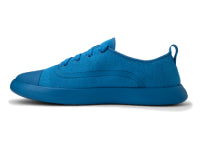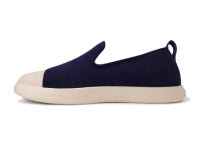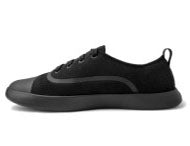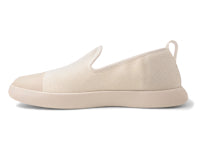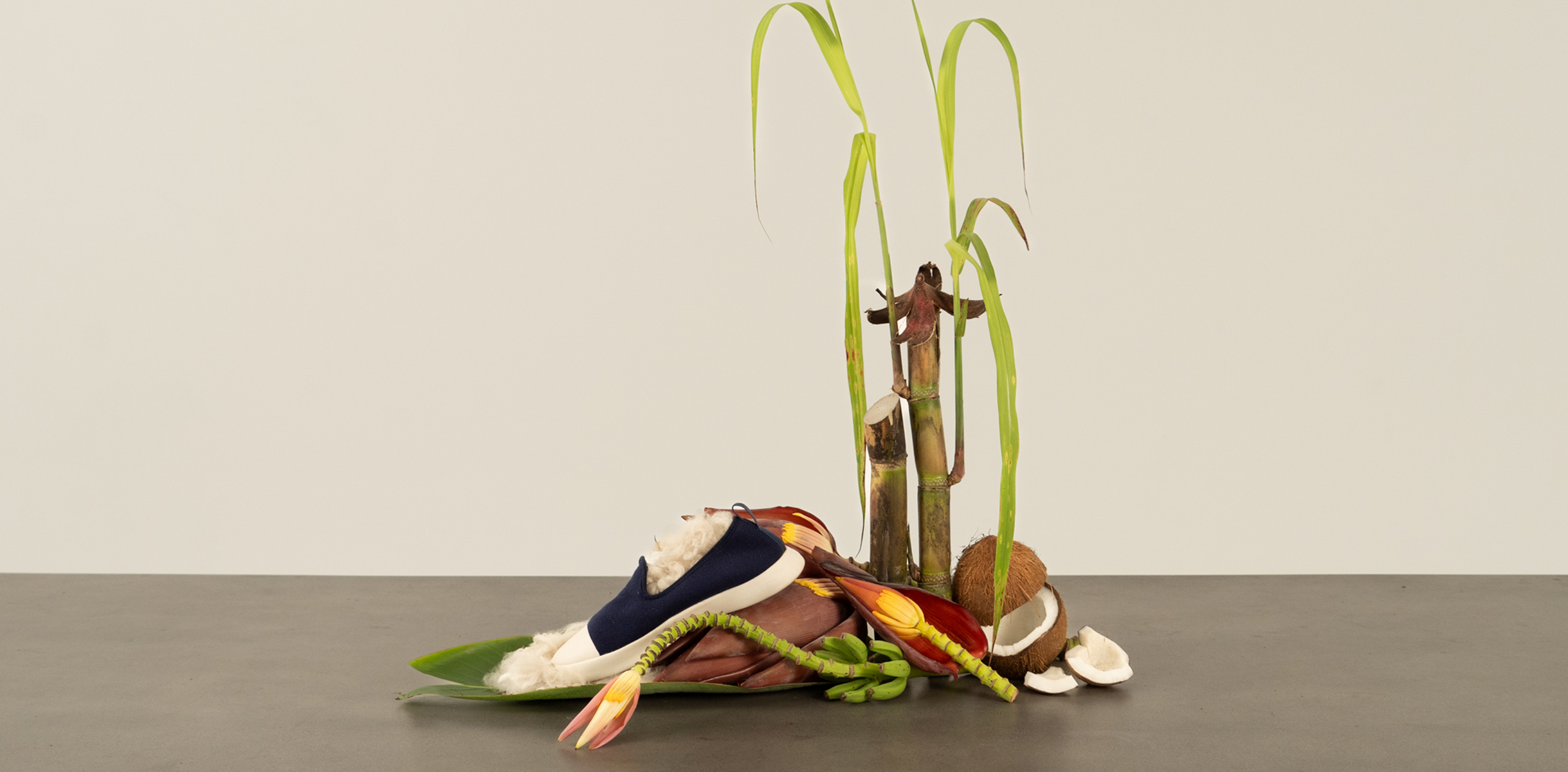The Most Comfortable, Sustainable Shoes on the Planet—Thanks to Our Natural Materials
The Recipe for Sustainable Shoes: Alpaca, Coconut, Banana, and More
The Not-So-Secret Ingredients in Our 100% Sustainable Shoes
More than fifty percent of shoes and almost two-thirds of clothes are made from synthetic materials derived from petroleum. That’s pretty wild, considering these materials only became popular in the fashion world in the 1980s. Just 50 years ago, nearly everything we wore came from natural, renewable materials.
Synthetic materials may perform well in many ways, but there’s one big problem: they’re terrible for the planet. Oil extraction destroys ecosystems and poisons natural resources. Later, when the clothes and shoes are discarded, they don’t break down the way natural materials do. They just pile up in landfills, doing more damage to the environment.
For the long-term wellbeing of our planet (and all the people on it), natural materials are clearly a better choice. And the truth is, when it comes to comfort and performance, they can be just as good as synthetic materials—or even better.
We researched and experimented for years to find the perfect combination of natural materials to protect and support your feet…and the list includes some things you probably didn’t expect.
Alpaca Wool
If you haven’t spent much time around alpacas, you might mistake them for llamas. Both are South American grazers with long necks, short tails, and two-toed feet. But alpacas are a bit shorter, a bit cuter, and truly amazing in the wool department.
Their wool fibers are 20% finer than human hair, making them incredibly soft and silky. Plus, the fibers are hollow, so they are especially lightweight and good for regulating temperature. They have no oils, which makes them hypoallergenic, and they naturally resist fire and repel water. That’s why alpaca wool is the perfect material for our uppers, sock liners, and insoles.
Of all ranch animals, alpacas are the easiest on the environment. Lacking hooves, each step of their gentle feet causes no harm to the arid land they call home. They even graze tenderly, munching on the tops of grasses, so the roots hold soil in place while the grass grows anew.
Our wool comes from one single ranch high in the Ecuadorian Andes. The owner, Stuart White, has been raising alpacas there since 1985. He and his wife, Patricia, use the proceeds from their alpaca wool business to conserve and protect the unique Andean grassland known as the páramo. Of their 4,400 acres, only 3% are used for productive farming—the rest are untouched natural preserve. They have even started a program that pays other landowners to leave valuable natural habitats undisturbed. It’s the alpacas and their wool that makes all this possible.
Coconut Fiber
Coconut fiber (also known as coir) is an incredibly versatile material. It has been used for thousands of years to make rope, mats, brushes, insulation, furniture, and more. It’s durable, springy, breathable, and naturally absorbs odors.
That makes it ideal for the insoles of our shoes. We leverage existing waste residue from coconut harvesting to make each step a pleasure…and when the journey is over, these insoles biodegrade back into the earth where it all started.
Banana Fibers
Making cloth from banana trees is nothing new—people have been doing it for thousands of years in places like Japan, China, and the Philippines. Banana fiber is a lot like bamboo fiber, but even stronger and easier to spin into yarn. It’s incredibly soft and has a natural shine, as well as natural antimicrobial properties, making it excellent for the inner lining of our shoes.
Our banana fiber is harvested in the lowlands of central Ecuador, and it’s a doubly-renewable resource. Of course, it’s a plant-based material, so it’s renewable and biodegradable…but it also directly fights climate change. That’s because it’s made from a waste product of the fruit harvest that would normally get burned, putting carbon dioxide into the atmosphere. Instead, it goes into our shoes, where it gets a productive life before returning to the earth.
Sugarcane EVA
EVA (short for ethylene vinyl acetate) is that rubbery plastic foam you see in the soles of all kinds of shoes, from flip flops to athletic trainers. Usually, it’s derived from petroleum, like most plastics. But scientists have developed a sustainable version made entirely from sugarcane, allowing us to have all the moldability, durability, and bounce of EVA without the negative environmental impacts. Instead of putting carbon dioxide into the atmosphere, the sugar cane actually pulls it out—how’s that for fighting climate change?
Recycled TPU
We’re working towards using 100% renewable materials, but there are just a few parts of our shoes that still require plastic—namely, the toe cap, piping, and laces. Most shoes use virgin plastic for these elements, but we’ve opted for recycled TPU (thermoplastic polyurethane). By giving used plastic a second life, we keep it out of the landfill and avoid contributing to the demand for more petroleum.
Altogether Now…
Choosing the right materials for our shoes is one of the most important decisions we make as a company. It impacts everything—comfort, durability, price, environmental impact, and more. We put years of thinking and experimentation into these selections, and we know that together, they make the most comfortable, sustainable shoes on the planet.

